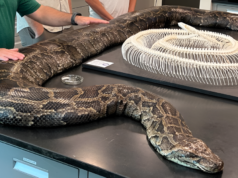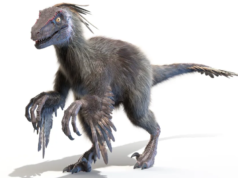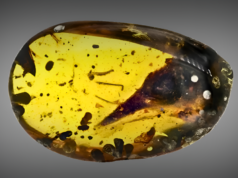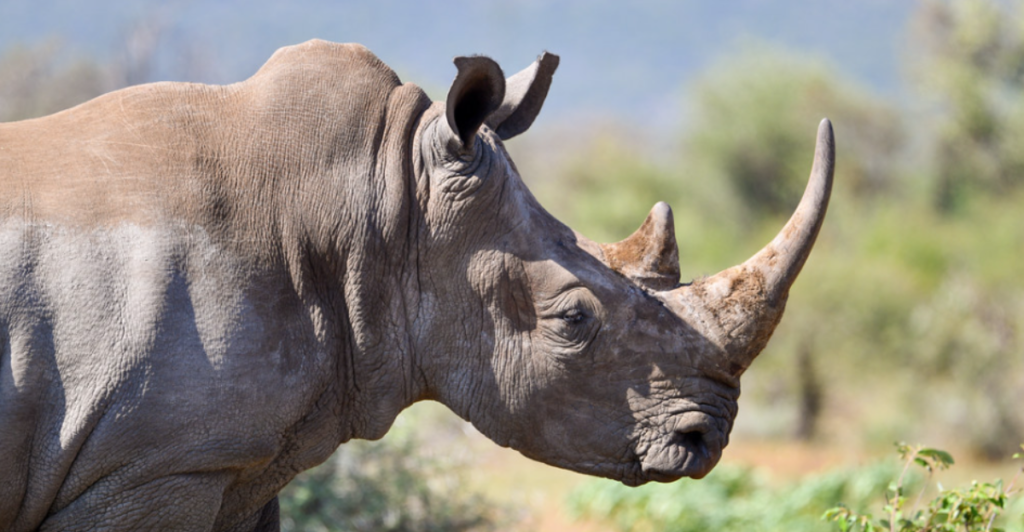
The northern white rhino, one of the planet’s most critically endangered subspecies, is on the brink of extinction. Only two remain on Earth—both female—leaving scientists and conservationists racing against time. A groundbreaking effort involving in vitro fertilization (IVF) has provided a glimmer of hope for these gentle giants. Here’s how technology and determination are paving the way for a species reborn.
Tragedy in Kenya
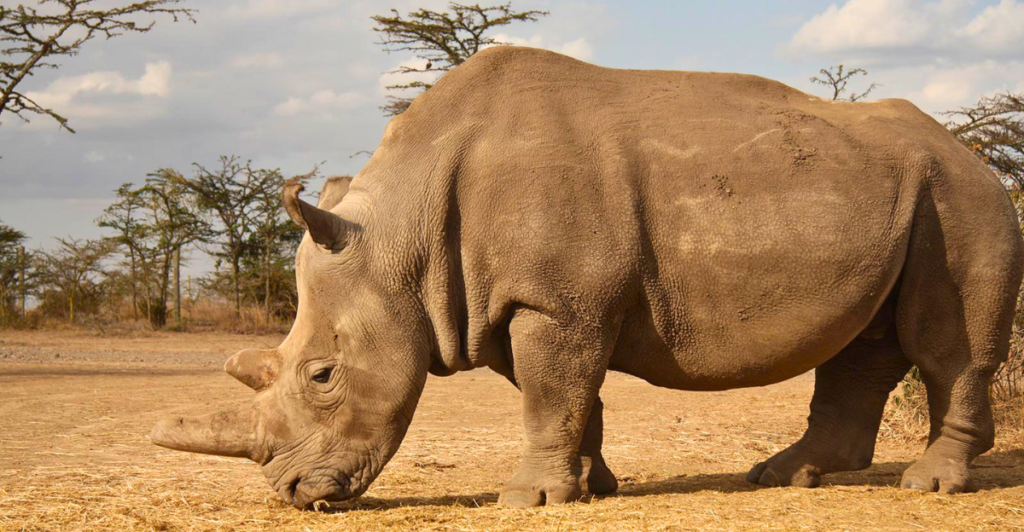
When Jan Stejskal landed in Nairobi, Kenya, he was met with devastating news: Curra, a 13-year-old southern white rhino, had died. Heavy rains at the Ol Pejeta Conservancy triggered dormant bacteria spores, which proved fatal for Curra and another rhino. The loss was especially heartbreaking as Curra had been carrying a 70-day-old fetus conceived through IVF—the first-ever pregnancy of its kind.
The Miracle of IVF
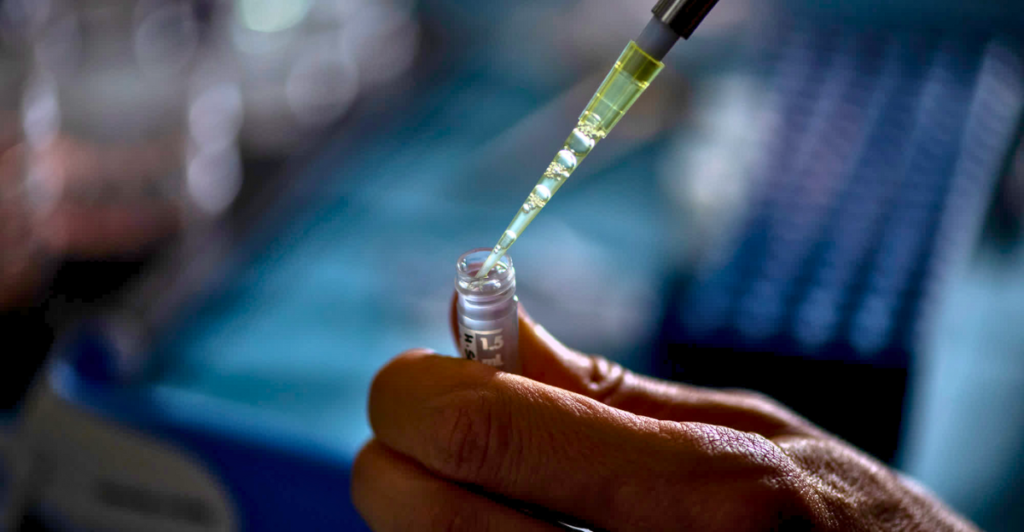
The BioRescue consortium achieved a historic milestone with Curra’s pregnancy, marking the world’s first IVF rhino conception. Scientists implanted southern white rhino embryos into Curra, hoping to use her as a surrogate. DNA analysis later confirmed that the fetus was indeed a result of the embryo transfer, proving that IVF could work for rhinos.
A Plan for the Northern White Rhinos
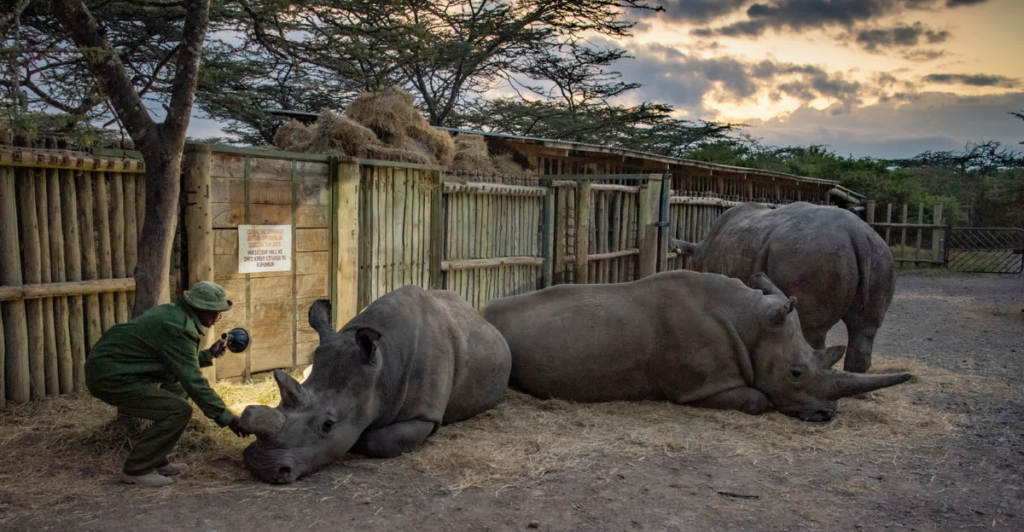
Encouraged by their success, BioRescue is now focusing on saving the northern white rhino. Eggs from Fatu, one of the last two northern white rhinos, have been combined with sperm preserved from males before they died. To date, scientists have created 30 northern white rhino embryos, which are being stored in liquid nitrogen.
The Surrogate Solution
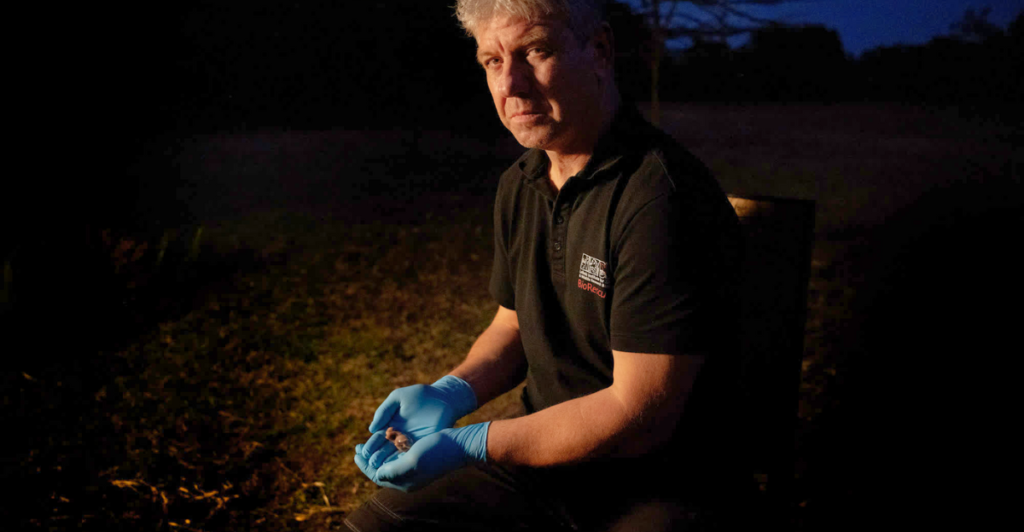
Due to health issues, neither Najin nor Fatu, the last two northern white rhinos, can carry a pregnancy. Instead, scientists plan to use southern white rhinos like Curra as surrogates. Arimet, another southern white rhino at Ol Pejeta Conservancy, is a strong candidate for embryo implantation later this year.
Racing Against Time
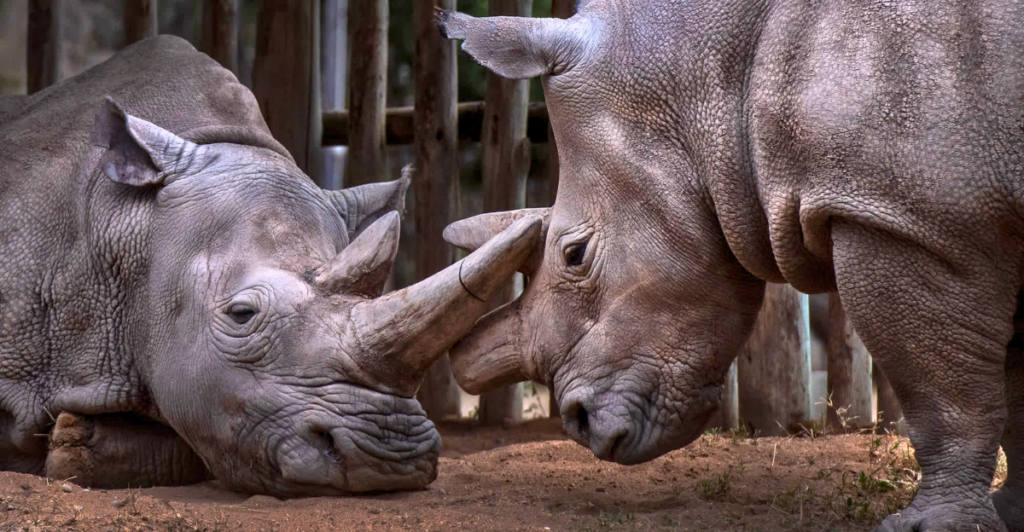
With Najin and Fatu aging—Najin is 35 and Fatu 24—scientists are eager to act quickly. A rhino pregnancy lasts 16 months, meaning that, if successful, the first northern white rhino calf could be born within two to three years. The team hopes the calf will learn social behaviors from Najin and Fatu.
Lessons from Sudan
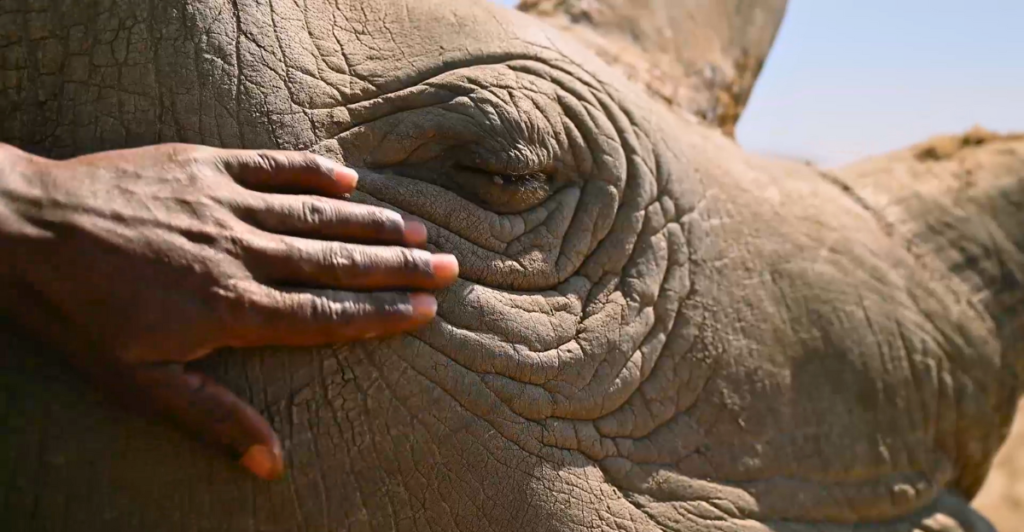
The last male northern white rhino, Sudan, died in 2018, a poignant loss for conservationists worldwide. His gentle nature and global fame inspired renewed efforts to save his subspecies. Sudan’s passing galvanized the scientific community, spurring the groundbreaking work of the BioRescue team.
The Role of Technology
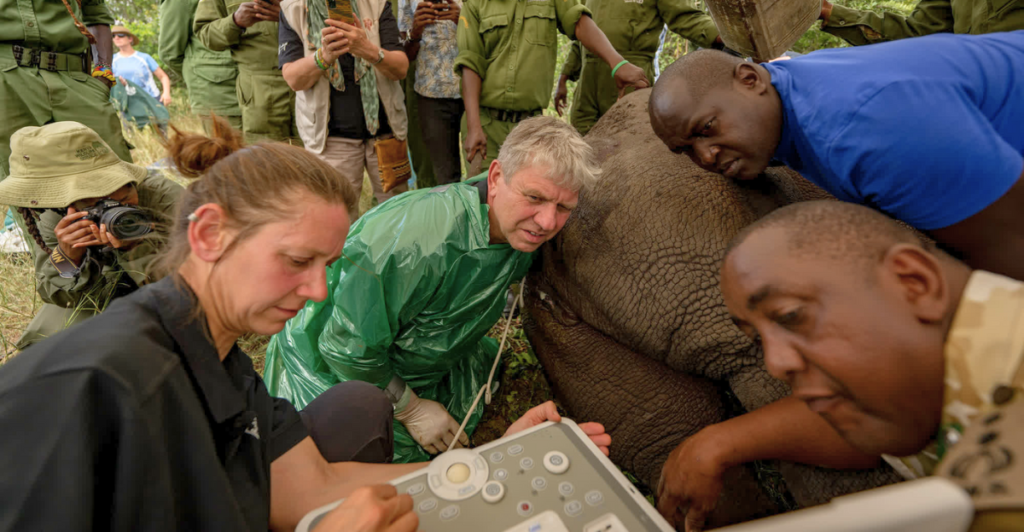
The advancements made through IVF could extend beyond northern white rhinos. Critically endangered species like the Sumatran and Javan rhinos, with fewer than 100 individuals each, might also benefit. BioRescue’s work is laying the foundation for the preservation of other rhino subspecies.
A Dedicated Team
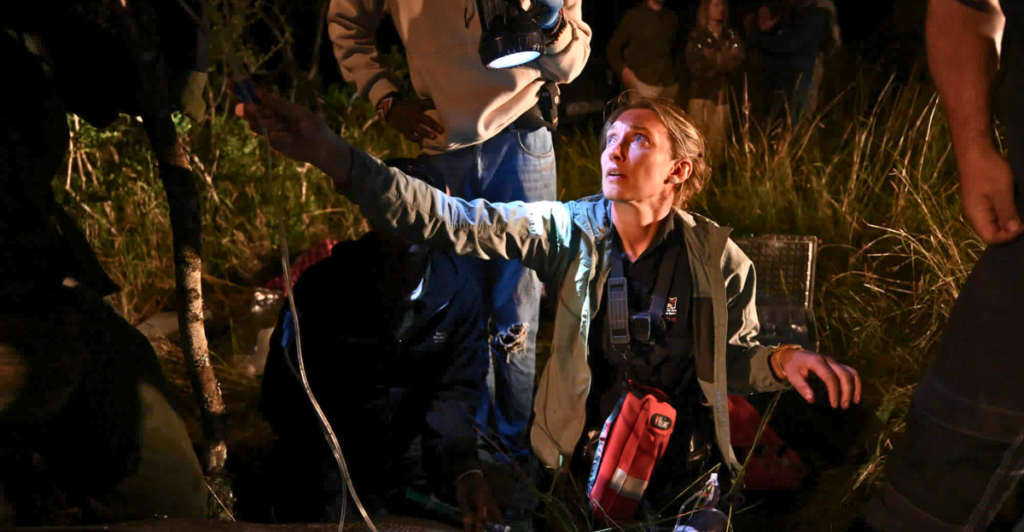
The effort to save the northern white rhino has united scientists, conservationists, and donors worldwide. Jan Stejskal and Thomas Hildebrandt, BioRescue’s lead scientists, emphasize the unprecedented level of commitment from all parties involved in the project.
Overcoming Obstacles
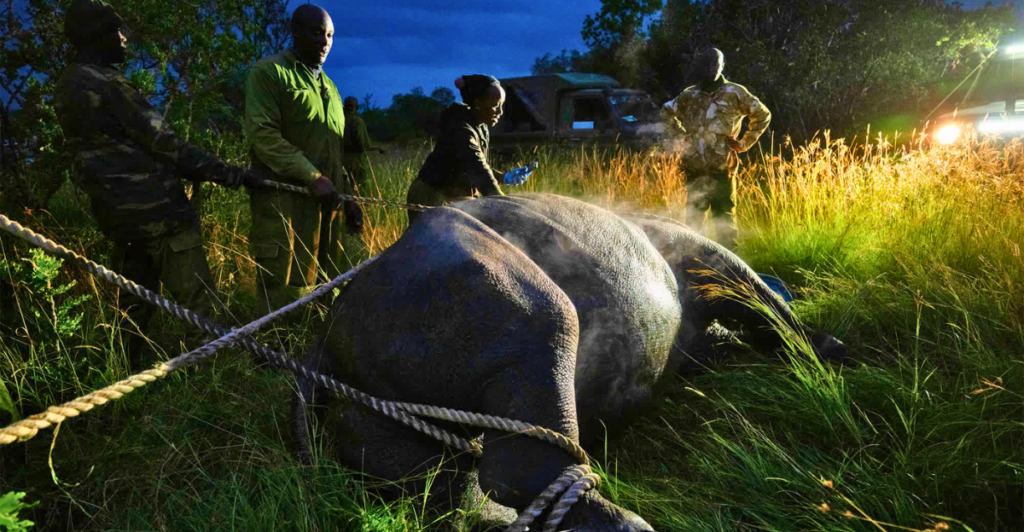
Despite setbacks like Curra’s death, the BioRescue team remains optimistic. “We try to take control of every factor that affects the animals’ well-being,” said Frank Göritz, the team’s head veterinarian. “But in nature, some factors are beyond our control.”
Protecting Najin and Fatu
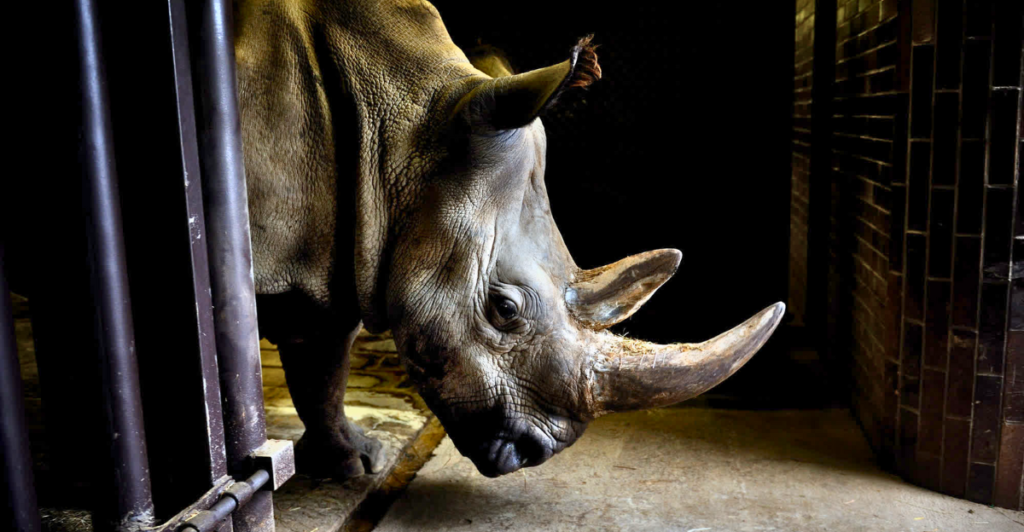
Najin and Fatu live at Ol Pejeta Conservancy in Kenya, where they are cared for by dedicated keepers and protected by armed guards. Photographer Ami Vitale, who has documented their journey, describes them as gentle and accustomed to human interaction due to their upbringing in a zoo.
A Vision for the Future
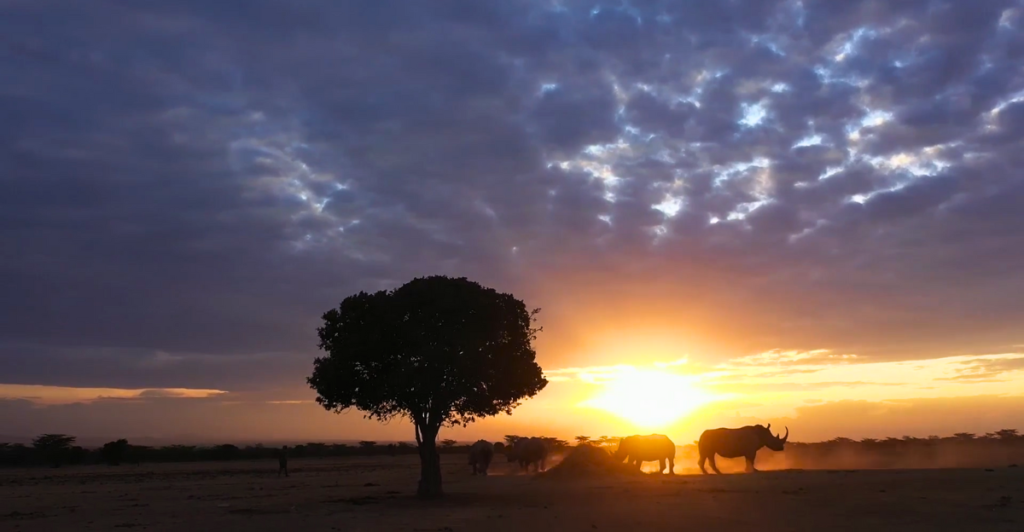
The ultimate goal is to see northern white rhinos roaming freely in Kenya once again. The BioRescue team hopes their offspring will thrive and learn from Najin and Fatu, ensuring the continuation of their kind.
Believing in Miracles
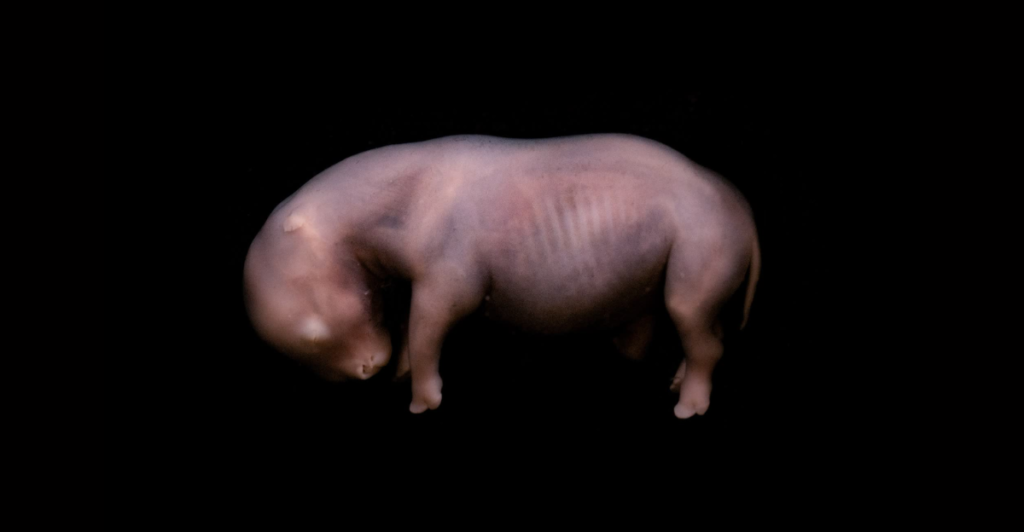
Photographer Ami Vitale remains hopeful, saying, “We will see northern white rhino babies in our lifetime.” With the BioRescue team’s unwavering determination, the dream of reviving this majestic subspecies is closer than ever.
Stay connected with us for more stories like this! Follow us to get the latest updates or hit the Follow button at the top of this article, and let us know what you think by leaving your feedback below. We’d love to hear from you!


